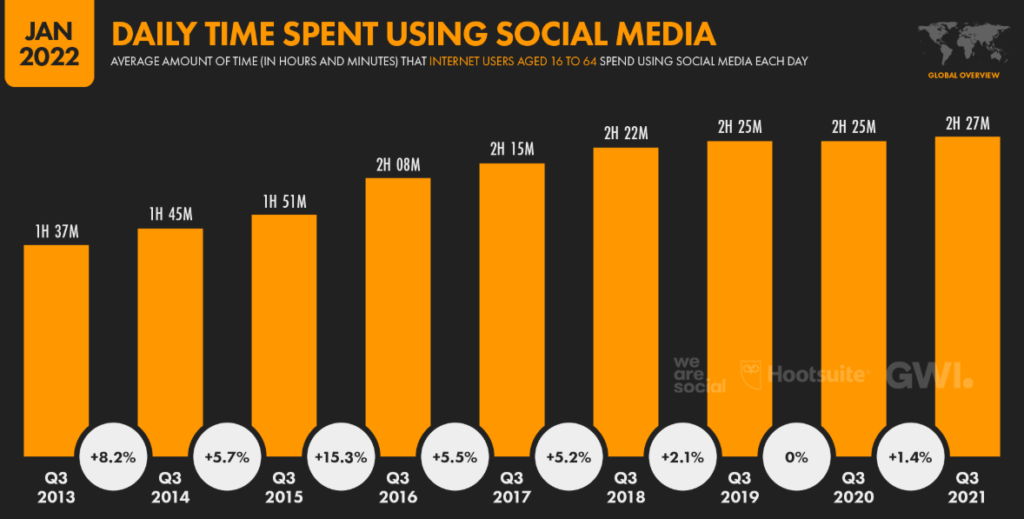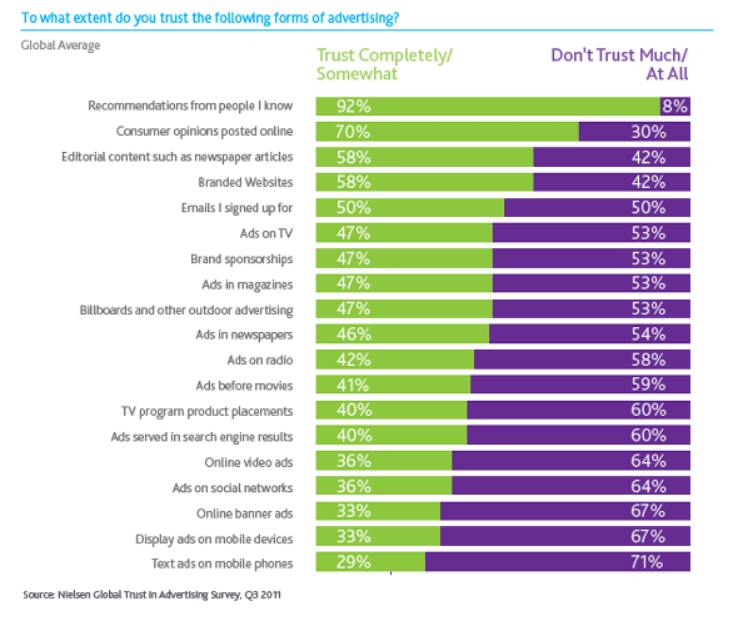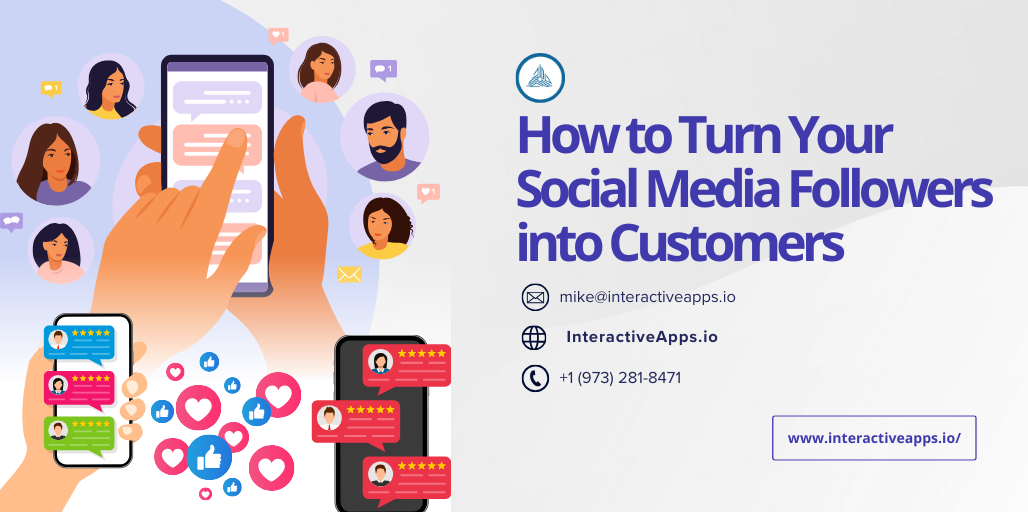In a world where people scroll more than they speak, it’s no longer enough to just have followers. You need buyers. Eyeballs don’t pay bills—orders do. However, making that shift from social media follower to customer takes more than just good content. It takes trust, connection, and strategy that works in today’s digital rhythm.
This post is a straight-talking, deep look at how brands, creators, and small businesses can turn their online communities into paying customers without sounding like pushy salespeople. Let’s walk through it all, from the mindset shift to practical moves backed by real-world data.
The Attention Economy Is Real
Before anything else, know this: People spend time where they feel heard. According to a report by DataReportal, the average internet user spends over 2 hours and 27 minutes daily on social media. That’s longer than the average person spends eating or exercising.

So, why does that matter? Because attention is the new currency. Every like, comment, share, or save is a micro-investment. And if someone gives you their time, you have a shot at earning their money.
But here’s the problem: only 4% of followers on average will see your organic posts on Instagram, but better than on Facebook. This means shouting louder won’t work. You need smarter plays.
Build Before You Sell
Selling cold to your followers is like proposing marriage on the first date. It feels weird and forced. People want connection before conversion.
Show Up Like a Person, Not a Brand
People trust people. Not logos, not slogans. They follow personalities. Even big brands now behave like creators. Wendy’s tweets like your witty cousin. Nike shares stories, not shoe specs.
The takeaway: Be human. Show your process. Tell stories. Use humor. Own your mistakes. These little moments build trust.
Give More Than You Take
This sounds like fluffy advice, but it’s not. A study by Edelman found that 81% of consumers need to trust a brand before buying from it. And how do you build trust? By giving value first.
Teach. Entertain. Inspire. Solve problems. Do it often enough, and when you finally drop a product or service, it won’t feel like a sell—it’ll feel like a favor.
Know Your Audience Better Than They Know Themselves
Followers are not numbers. They’re people with moods, habits, triggers, and desires. If you don’t understand those things, you’ll post into the void.
Break Down What They Want
Don’t guess—ask. Use polls, DMs, and Q&As. Watch what posts get comments and saves. Are they asking questions? Are they tagging friends? All of that is data.
Example: A fitness coach might think their followers want more ab workouts. However, when they run a poll, 70% ask for meal prep tips instead. That’s the signal. Build what they actually want.
Segment Like a Friend Group
Not all followers are the same. Some are just watching. Some are interested but not ready. But some are hot leads. Speak to each group differently.
Instagram Close Friends, Twitter Circles, Facebook Groups—use them to test offers, drop exclusive content, and nurture warm leads without overwhelming everyone else.
Use the Right Kind of Content for the Right Stage
Different content works at different stages of the buying journey. If someone barely knows who you are, pushing your product won’t land. But if they’ve been binge-watching your stories for weeks, a well-timed offer might hit perfectly.
1. Attract with Broad Value
Short Reels, memes, tweets, quotes, and viral trends—use these to catch eyes and start conversations. Don’t sell here. Just get noticed.
2. Nurture with Personal Stories
Talk about why you do what you do. Show behind-the-scenes. Break down customer results. Share your own journey. These help people feel like they know you.
3. Convert with Proof and Offers
Now’s the time for testimonials, case studies, tutorials featuring your product, and clear calls to action. If someone’s been following for a while, they’re waiting for you to make it easy to buy.
Use DMs to Seal the Deal
Don’t underestimate the power of a one-on-one conversation. Conversions through direct messaging are 4x higher than traditional landing pages.
But don’t send canned messages. Talk like a person. Ask questions. Help first. If they trust you enough to message you, don’t blow it by sounding like a robot.
Want a script that works? Keep it simple:
“Hey! I saw you liked my post on freelancing. Are you working for clients too or just getting started?”
That opens a door. If they engage, you walk them to your offer—gently.
Make It Easy to Buy
Sometimes people want to buy but don’t know how. Or the process is clunky. Or it feels risky.
Simplify the Steps
Use link-in-bios with clear labels. Don’t make people scroll five pages to find your offer. Platforms like Stan, Beacons, and Linktree work well for creators. For businesses, embed product links directly into stories or captions when possible.
Remove Friction
Too many clicks? They’ll bail. Confusing product descriptions? They’ll scroll past. No reviews or testimonials? They’ll think twice.
Use testimonials with real faces. Offer refunds or guarantees if possible. Add FAQs right inside your caption or highlight. These remove doubts.
Use Scarcity Without Being Sketchy
Urgency drives action. That’s not manipulation—it’s psychology. But it has to be real.
Example: If you only have 20 coaching spots this month, say it. If your product restocks once every 90 days, mention it. But never fake it.
Transparent urgency builds trust. Fake urgency burns it.
Leverage UGC and Community Power
People believe people more than they believe you. User-generated content (UGC) is a powerful tool.
A Nielsen study found that 92% of consumers trust earned social media (like recommendations from real users) over any form of branded content.

Ask happy customers to tag you. Repost their content. Turn reviews into posts. Create challenges or hashtags they can join. Make your followers feel like insiders, not outsiders.
Stay Consistent, Not Just Loud
You don’t need to post 5 times a day. But you do need to show up often enough to stay top of mind.
Social media is a moving river. Miss a week, people forget. Use a rhythm you can sustain—3 posts a week, 3 stories a day, or 1 reel every other day. Whatever works. Just be there.
Look at the Numbers That Matter
Vanity metrics are a trap. Likes and followers feel good but don’t pay the rent. Focus on numbers that move the needle.
Here’s a better dashboard:
- Saves and shares → They mean the content mattered
- Website clicks → People took action
- DMs → trust is being built
- Conversions → game time
According to Shopify’s 2024 survey of 1,000 online sellers, sellers who tracked these deeper metrics saw 28% higher monthly revenue than those who focused on likes and followers alone.
Turn Feedback into Fuel
Every comment, every DM, every review—it’s data. If someone says your video helped them finally understand a problem, that’s a clue. If five people ask the same question, that’s a new post idea.
Don’t ignore feedback. Build from it.
Know When to Ask for the Sale
This is where most people choke. They build a relationship, then never ask for anything.
Here’s the deal: if you’ve shown up, served, and built trust, people want to buy. You just need to lead the way.
Use simple language:
“Doors close Friday.”
“Spots are open now.”
“Link in bio.”
“Let me know if you want the link.”
Keep it plain. Keep it clean. Just ask.
Case Studies: Who’s Doing It Right?
Let’s ground all this in the real world.
1. Jenna Kutcher – Instagram Educator
She mixes personal stories with practical tips. Her product launches (courses, templates) feel like natural extensions of her content. She uses email and social media together, doubling her conversion strength.
2. Glossier – Beauty Brand
Their entire marketing engine is built on user feedback and UGC. Every new product stems from customer needs. Their feed is more about community than hard sell—and it works.
3. Ali Abdaal – Creator and Productivity Coach
He shares valuable YouTube videos and Instagram Reels. But what drives his business is behind-the-scenes access to tools and templates. Followers become customers by seeing the use of what he sells.
Final Words
Turning followers into customers isn’t about tricks. It’s about trust. You don’t need a massive audience—you need a loyal one. If you show up consistently, speak like a person, give value, and make the path to buy clear, you’re already ahead of most.
Social media is not the marketplace. It’s the front porch. The place where people check you out, hear your story, and decide if they want to step inside. Once they do, it’s your job to make the welcome worth it.



